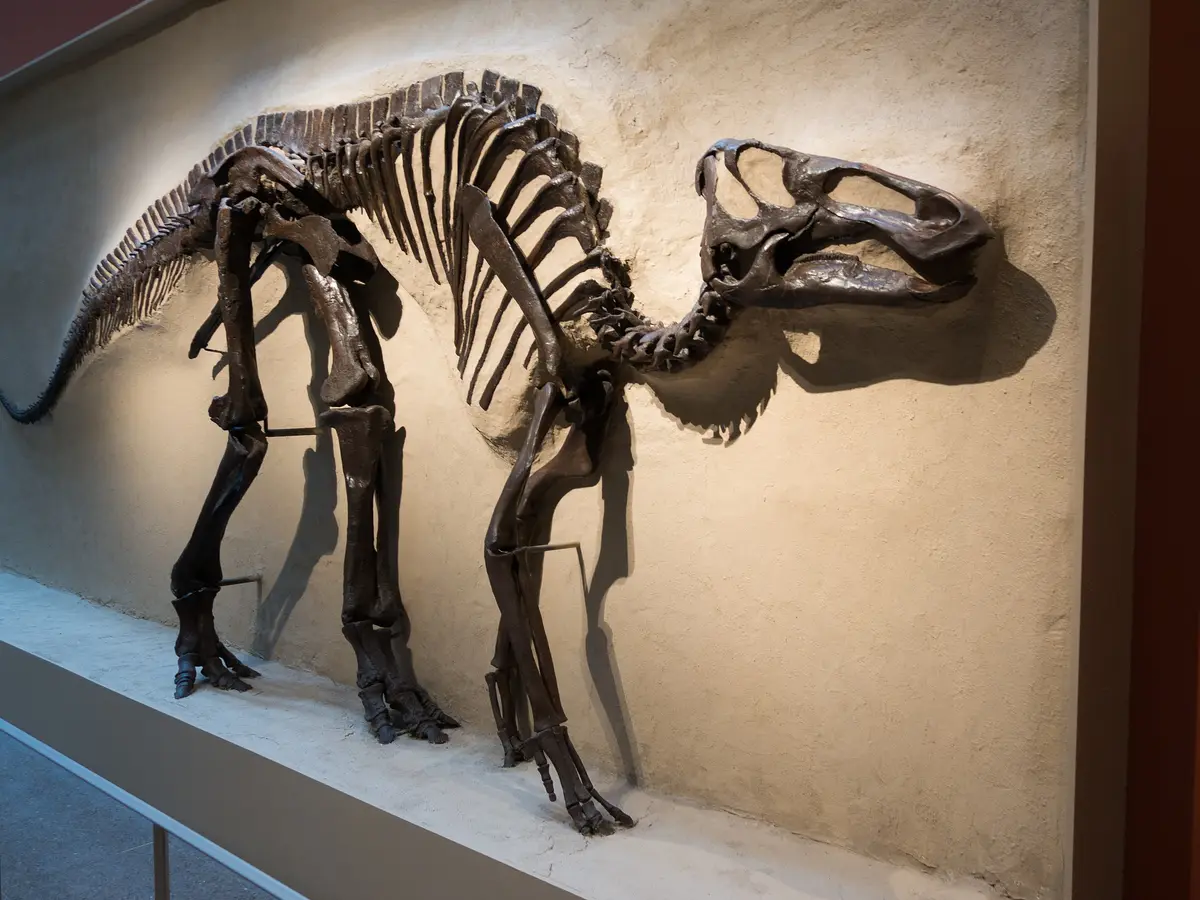Unbelievable Rogue Planet’s Wild Weather Rivals Earth’s Northern Lights!

Imagine a planet beyond our solar system, swirling with colors and weather phenomena that could put Earth’s Northern Lights to shame! Thanks to groundbreaking research from astronomers at Trinity College Dublin using the James Webb Space Telescope, we’re getting an unprecedented look at the eerie weather patterns of a rogue planet known as SIMP-0136.
SIMPLY put, this isn’t your average celestial body; it’s a toasty cosmic wanderer with temperatures soaring over 1,500 °C. That’s not just hot—it’s *scorching*! Dr. Evert Nasedkin, the brilliant mind leading this research, revealed that their precise measurements can detect temperature changes smaller than 5 °C, giving us a glimpse into the planet’s volatile atmosphere.
But there’s more! The study unveiled something truly mesmerizing: SIMP-0136 showcases strong auroral activity reminiscent of Earth’s Northern Lights or even Jupiter’s colossal auroras. These stunning displays are heating up its upper atmosphere, creating an otherworldly spectacle that scientists are only beginning to understand.
With the James Webb Space Telescope’s exquisite sensitivity to minute changes in brightness, researchers could explore SIMP-0136’s weather patterns, tracking variations in temperature, cloud cover, and even the planet’s chemical composition. This is groundbreaking—not just for our understanding of rogue planets, but for exoplanet science as a whole.
One of the surprising discoveries was the stability of SIMP-0136’s cloud coverage. Unlike Earth, where clouds morph and shift with every breeze, the clouds on this planet remain constant, composed of silicate grains similar to beach sand. This uniformity presents a stark contrast to the dynamic weather systems we’re accustomed to back home.
This research marks the first publication from the new ‘Exo-Aimsir’ group at Trinity College, led by the talented Prof. Johanna Vos. Their work not only builds on previous studies but expands our understanding of atmospheric dynamics in distant worlds.
“Different wavelengths of light correlate with different atmospheric features,” Dr. Nasedkin explained, likening the study to observing color changes on Earth’s surface. By employing advanced modeling techniques, they could deduce the planet's temperature and chemical make-up, revealing a new layer of cosmic weather.
The excitement doesn’t stop here! Prof. Vos highlights the potential for future studies using next-generation telescopes, which will delve deeper into the atmospheric dynamics of exoplanets—everything from gas giants like Jupiter to rocky worlds. The quest to decode the weather on these alien landscapes is just beginning.



























